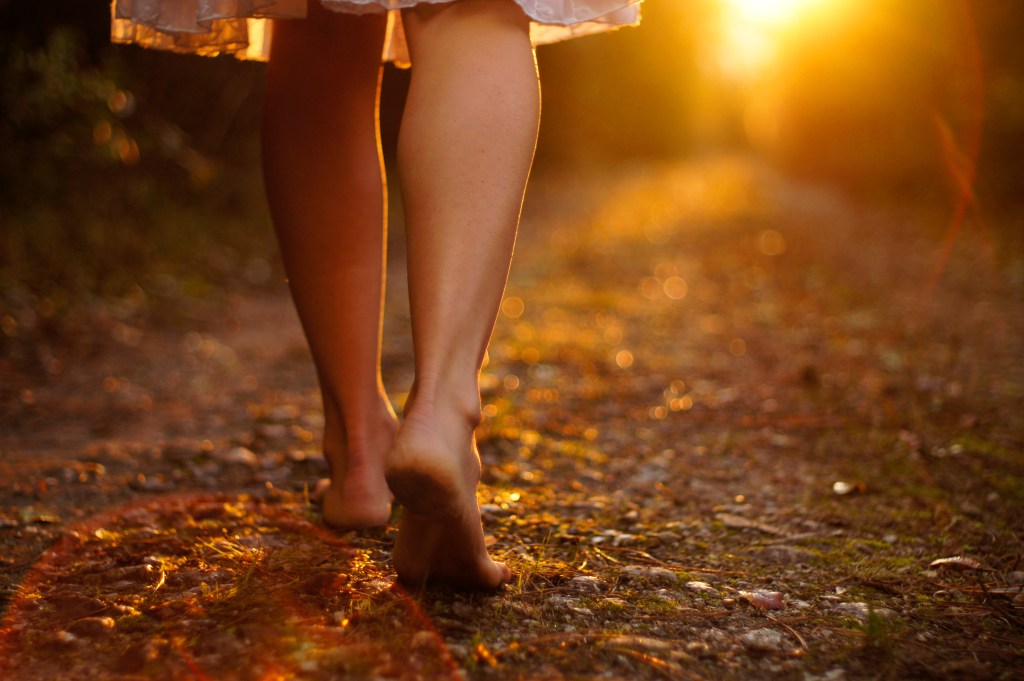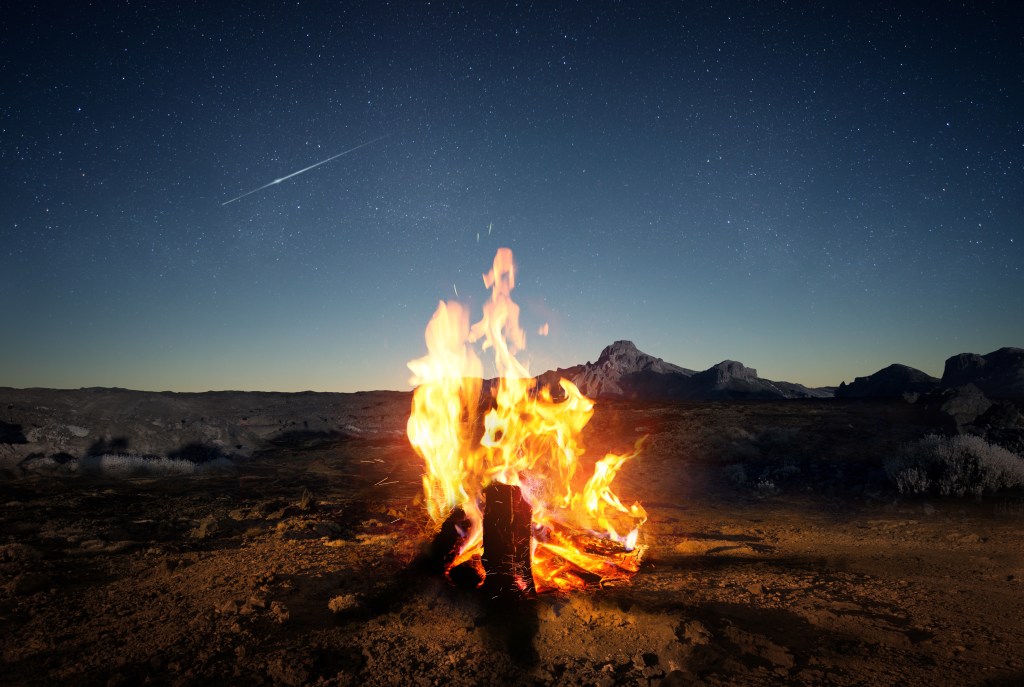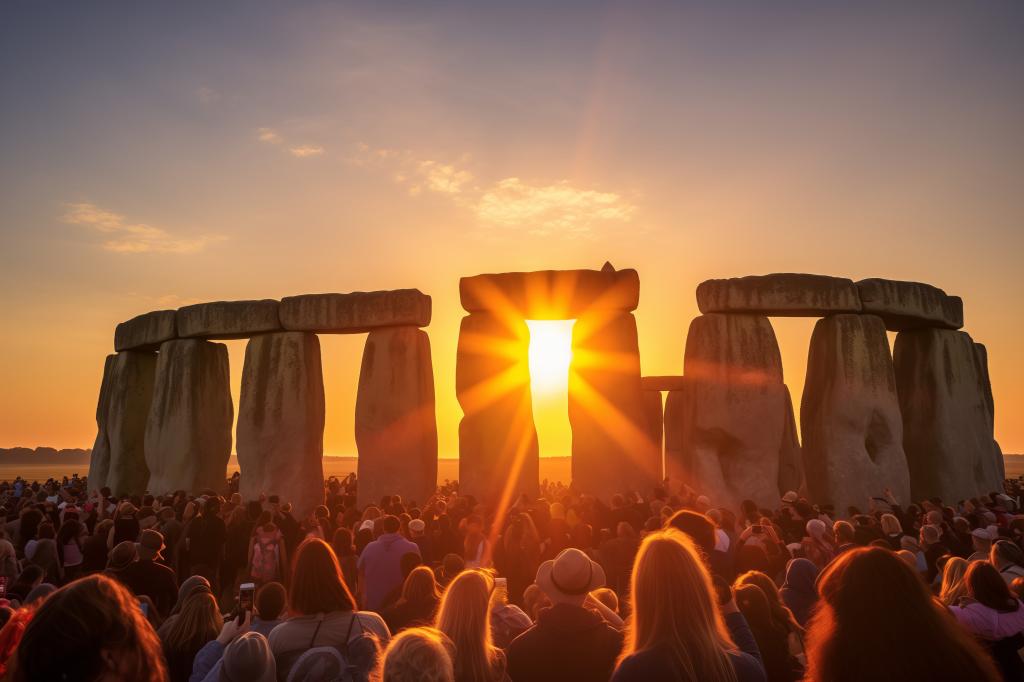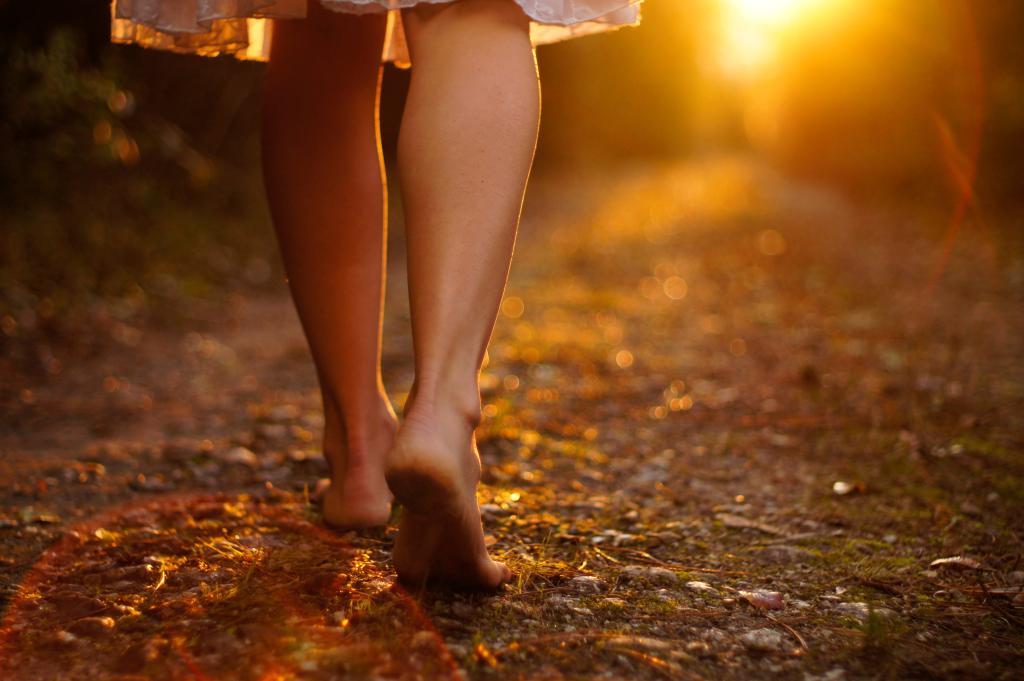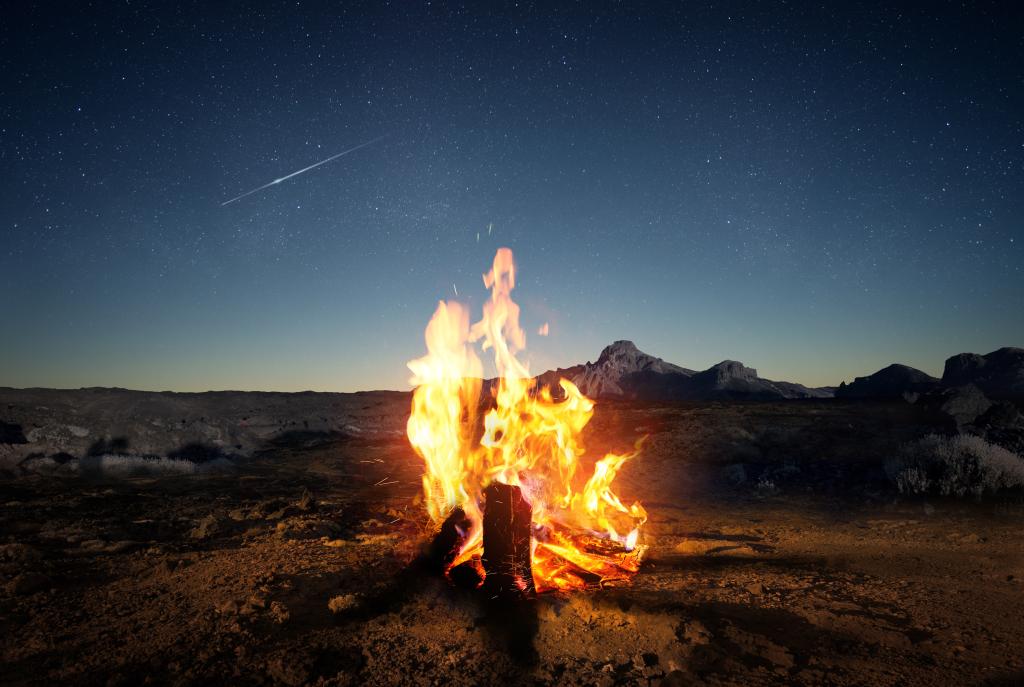Merry Midsummer, my babies!
The longest day of the year is upon us, and with it, the call to worship the life-giving light of our favorite star.
The exact date and time of the solstices vary from year to year, but in 2024, the summer solstice falls on June 20 at 4:50 PM.
In technical terms, this solstice marks the beginning of summer, the onset of Cancer season, and the point in the year when the sun reaches its highest point in the sky, directly above the Tropic of Cancer.
Solstice is a marriage of the Latin words for “sun” and “to stand still,” and the summer solstice equates to the longest day and briefest night of the year. Summer’s flannel-wrapped, wind-chapped, pine-high spirit sister, the winter solstice, is celebrated on or around December 21st and coincides with the longest night and shortest day of the year.
Between the two, we observe the spring and autumn equinoxes, wherein sunlight and night are evenly distributed.
The summer solstice goes by many names, including Midsummer and Litha. Across cultures and since time immemorial, the longest day has been cause for pause and revelry.
To read more about the ancient celebration of the summer solstice, see our guide here.
For those looking to make merry in our increasingly joyless, ritual-starved modern world, read on for our recommendations on how to honor the sun and the shifting of seasons.
Maximize sun exposure
To vitalize yourself on the longest day of the year, spend as much of it as possible under the rays of the ever-loving sun. Feast al fresco, work outside, dig your hands in the earth, take a good long walk with bare feet, offer up your a–hole to the light, you do you.
Light it up
Traditional pre-Christian pagan solstice celebrations included lighting and jumping over magnificent bonfires on Midsummer’s Eve. The fire was believed to purify observers and keep demons at bay, while the infernal leaping was thought to bring good luck to lovers.
Other pagan traditions included setting large wheels on fire and rolling them down a hill into a body of water.
Fun.
According to historian Ronald Hutton, Professor of History at the University of Bristol, “[Midsummer was seen as] a time when the normal laws of nature or divinity could be suspended when spirits and fairies could contact humans when humans could exceed the usual limitations of their world.”
In this sense, we can view the solstice as a time to suspend the mundanity of modernity and engage with the world the way our ancestors did, with fire, nudity, danger, hope, and raucous reverence.
Whether you believe in the existence of love, luck, fairies, or demons, you can participate in the customs of old by building an outdoor fire. Invite a circle of friends to gather and share their wishes for future fruition.
Get real, get ripe.
Go for a swim
While the fire of the sun is the star of the solstice, the other elements are equally deserving of our attention. In ancient Egypt, the summer solstice coincided with the flooding of the Nile River, a rising of tides that lasted from June to September and was synonymous with themes of fertility and resurrection. In Spain, revelers routinely opt for a midnight skinny dip in the sea to purify body and spirit.
Sun salutations
Many yoga practitioners honor the changing of the season, including the summer solstice, with a series of 108 Sun Salutations. This movement is typically done in a group with a singular offering, such as peace or personal power.
Why 108?
108 is a sacred number that represents the wholeness of existence. It is the number of names for both Buddha and Shiva and corresponds to the number of beads on a Tibetan mala and a Catholic rosary.
If 108 salutations sounds like too tall an order, you can practice as many or as few rounds of this sequence as you see fit.
Feast
Food is an offering of earth and effort, evidence of the power of the elements to bring us all that we need. On the longest day, you can honor the body by preparing a feast that incorporates seasonal ingredients like strawberries, greens, corn, grilled meats, peaches, and honey.
Pour a tall glass of something strong, sweet, or sparkling.
Gather around the ones you love and ride high on the sunshine and the simple joy of being alive beneath it, the past within you and the future bright before you.
Astrologer Reda Wigle researches and irreverently reports back on planetary configurations and their effect on each zodiac sign. Her horoscopes integrate history, poetry, pop culture and personal experience










